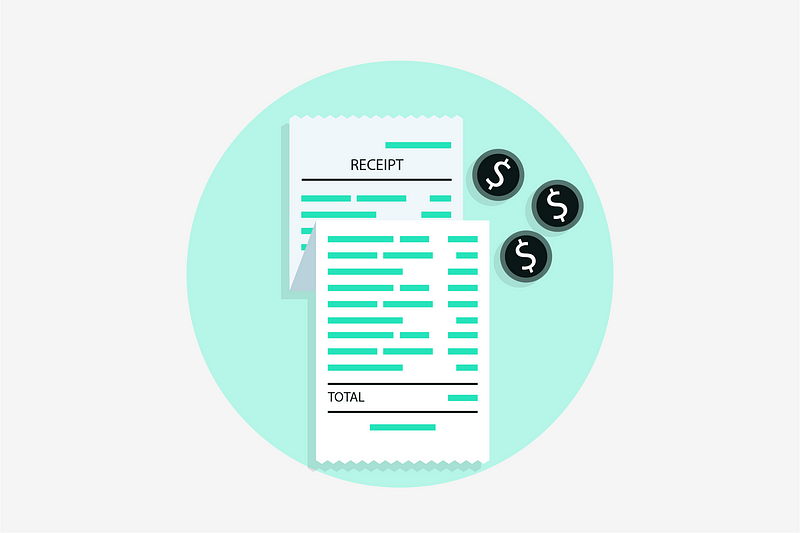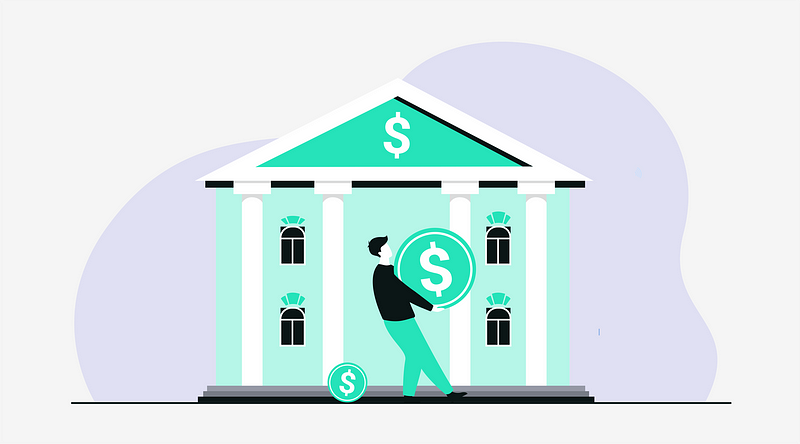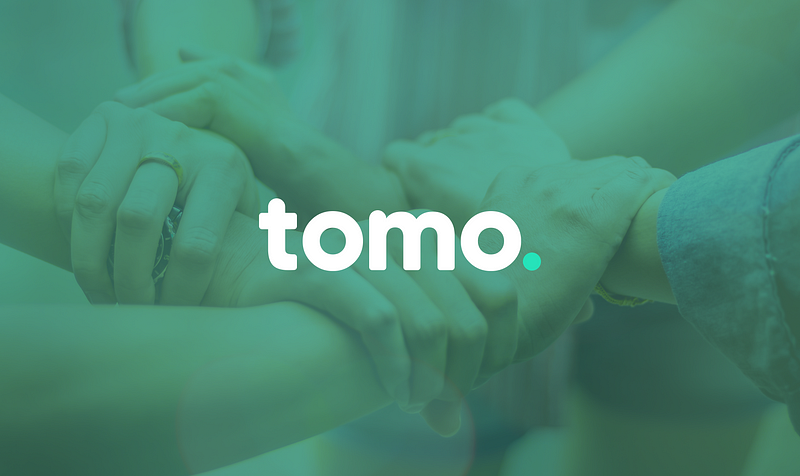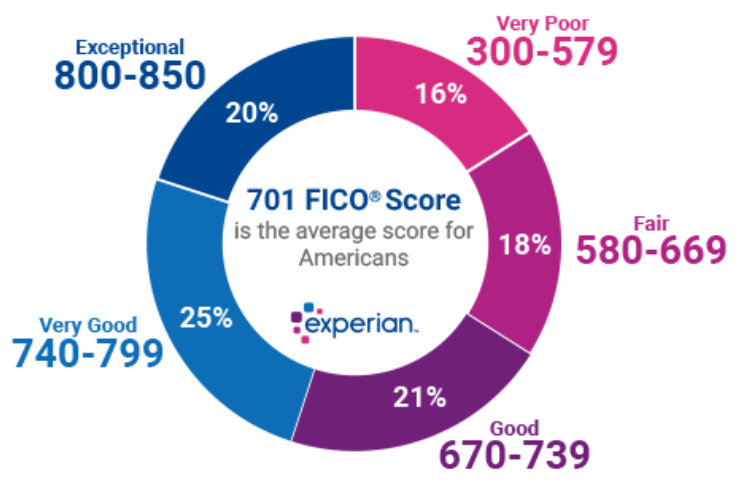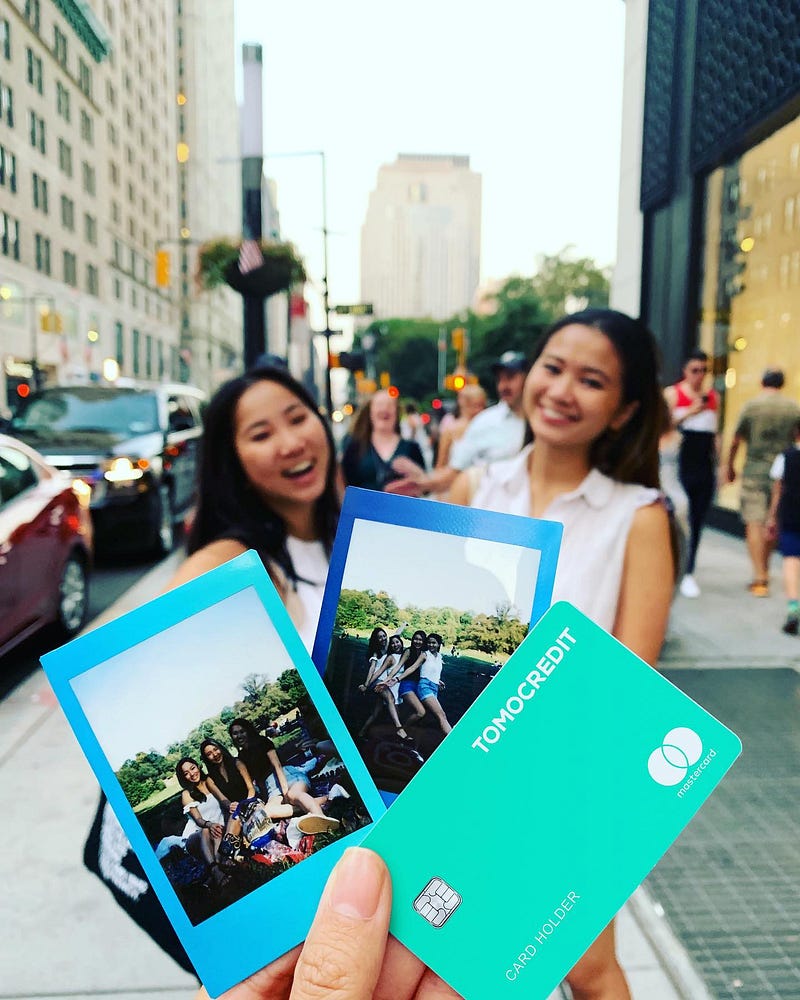
This pandemic has no doubt been hectic for everybody. With millions of Americans losing their jobs, millions unemployed, and millions infected, millions of us are growing more and more frustrated. When the shelter-in-place orders began back in March, like most of you, we were worried about what the future would hold for us. As most of you know, working remotely presents its challenges. But we are reorganizing and getting back on track. We just wanted to take the time to write this to let you know that…
We Hear You
We have received countless inquiries about the Tomo waitlist and rightfully so. An overwhelming amount of you have been waiting for your card for months at this point, and we understand your frustration. As of now, we have over 100,000 people on the waitlist. Due to some changes related to the pandemic, we currently process all of our pre-approvals manually. The moment they are processed, we send out invites in waves and, thankfully, we will be sending out an increasing number of waves in the coming months. We recommend that over the course of these next few months that you keep an eye out for your invite. If you don’t receive an invite by then, please reach out to us. We are in the process of reorganizing our customer support and will be adequately prepared to answer any questions you may have for us moving forward. However, due to the volume of applications we have received, please keep in mind that we will be prioritizing the questions of current cardholders first.
We know that sounds like a long time, but it will be worth it. Trust us. We have big plans for the future here at Tomo!
What’s Changing
Since the pandemic provided some unpredictable challenges, our credit card has had to make some fundamental readjustments. With a heavy heart, we must eliminate the Tomo Credit Card “2 for 2” cash back referral perk. We hope to be able to deliver you other more unique and personalized rewards in place of the “2 for 2” referral program, and we intend to work with merchants in order to create a user experience that you’d expect from “the credit card of tomorrow”. Don’t worry, you will still receive 1% cashback on all purchases and we will continue to offer you a history-free credit card with flexible limits and no hidden fees. Our goal here at Tomo has always been to help our members establish the financial security they deserve, not to profit off of their financial insecurity like the big banks do. For those of you that have referred members to tomo, fear not, as our new referral program will be released in the near future and you will still be awarded for those referrals.
We can also offer one other awesome perk to you should you meet the requirements, and that’s up to 20% cashback. Yeah, you read the right. 20%. If 20% cashback is what you desire and you think you’re qualified, we encourage you to apply to become a Tomo ambassador! As ambassador, you will promote the Tomo card and encourage your community to sign up for one via a personalized referral code. For each person you refer that gets approved, you will receive an additional 1% cash back, with a maximum cap of 20%. That means that if you get 20 people to sign up, you’ll get that sweet 20%. Keep in mind though that the ambassador cashback bonus is valid for 3 months from the time each of your referrals is approved. Think you can do it? Apply to become an ambassador here!
What’s in Store
We cannot thank our members enough for their overwhelming support. Tomo has always believed that you are worth more than an arbitrary credit score. We have always been dedicated to helping our members build credit and save money, and, moving forward, we hope to win back your trust. As we proceed, we will be making adjustments to our card in order to better cater to our members’ needs.
But first things first: I think that we can all agree that this year has just got to end already. When the pandemic begins to slow down, we promise to speed things up, and to be more prepared than ever to provide you with the experience you deserve from the credit card of tomorrow.



